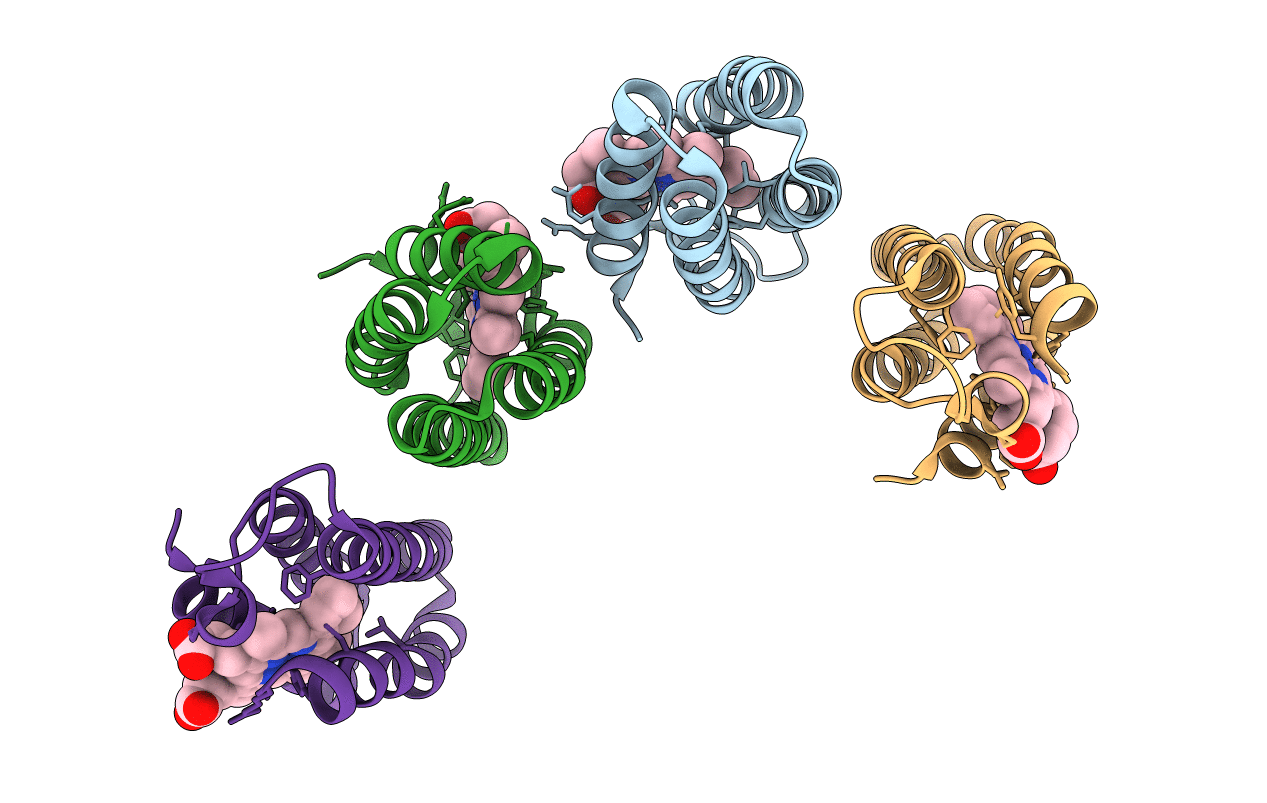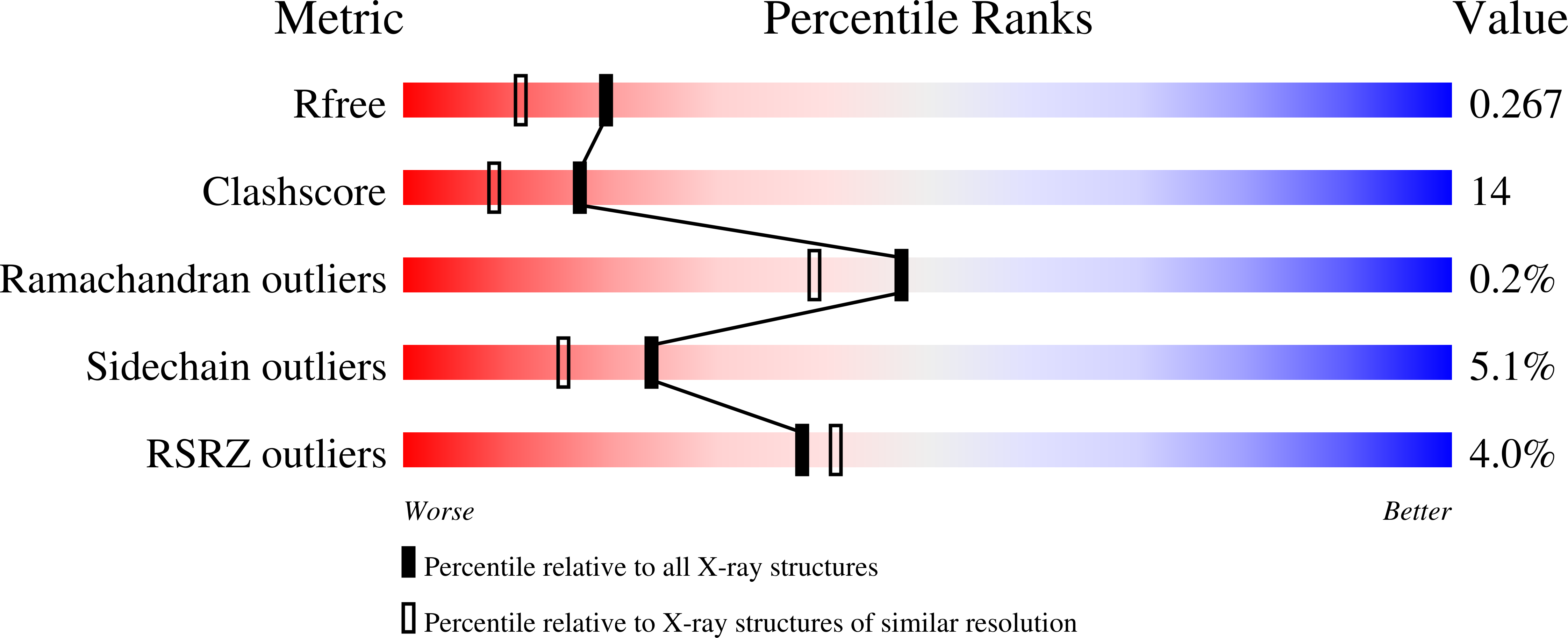
Deposition Date
2009-08-19
Release Date
2010-06-16
Last Version Date
2024-11-27
Entry Detail
PDB ID:
3IQ5
Keywords:
Title:
Crystal structure of an engineered metal-free tetrameric cytochrome cb562 complex templated by Zn-coordination
Biological Source:
Source Organism:
Escherichia coli (Taxon ID: 562)
Method Details:
Experimental Method:
Resolution:
2.05 Å
R-Value Free:
0.27
R-Value Work:
0.22
R-Value Observed:
0.22
Space Group:
I 41


